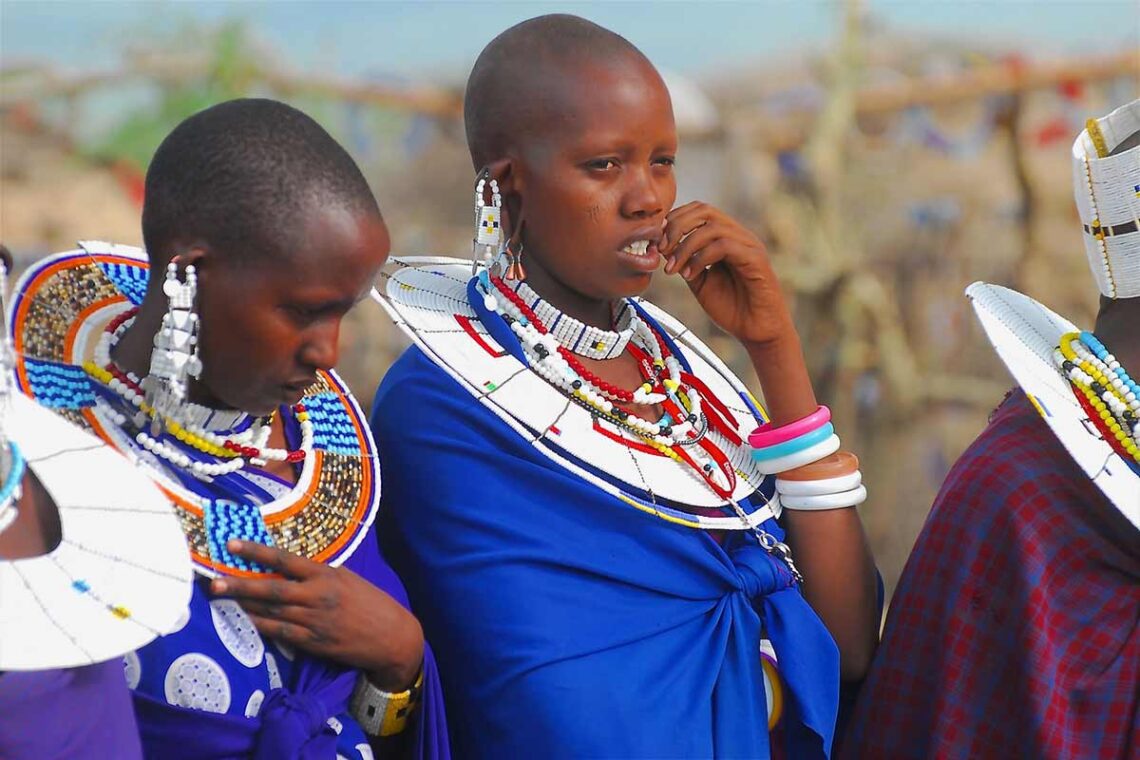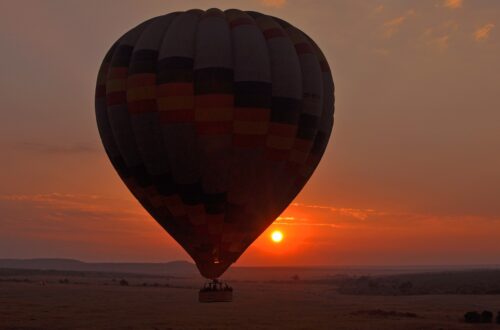
The Maasai People
Introduction
A Fascinating Journey into East Africa’s Iconic Tribe, the maasai
The Maasai people, an indigenous ethnic group inhabiting parts of Kenya and Tanzania, have captivated the world with their unique traditions, vibrant culture, and harmonious relationship with nature. They have managed to preserve their age-old customs and lifestyle, offering a captivating glimpse into their rich heritage. In this article, we delve into the intriguing traditions and lifestyle of the Maasai, highlighting their values, customs, and the challenges they face in a changing world.
1. Ancestral Heritage
The Maasai people are an indigenous ethnic group primarily inhabiting Kenya and Tanzania. They belong to the Nilotic ethnic group, which also includes other tribes like the Samburu and Turkana. They trace their ancestry back to southern Sudan and the Nile Valley. Legend has it that they migrated southward in search of fertile lands and better grazing areas for their livestock.
2. Traditional Lifestyle
The Maasai are traditionally nomadic pastoralists, relying heavily on their livestock, particularly cattle, sheep, and goats. The cattle hold immense significance in their culture, representing wealth, status, and sustenance. Their pastoral lifestyle is centered around the symbiotic relationship between the Maasai and their livestock, with cattle providing meat, milk, hides for clothing, and even dung for building material. The Maasai skillfully managed the delicate balance between human needs and the preservation of their natural surroundings, constantly migrating to find fresh pastures and water sources for their livestock.
3. The Significance of Cattle
Cattle hold immense value in Maasai culture. They are considered sacred and a measure of wealth and prosperity. Cattle ownership is a source of pride, social status, and a symbol of a man’s ability to provide for his family. Maasai warriors, known as “Morans,” would traditionally protect their herds from predators and rival tribes, demonstrating their courage and skill.
3. Unique dress and adornments

One of the most distinctive features of the Maasai people is their vibrant attire. Both men and women wear bright, multi-colored clothing adorned with intricate beadwork. Men often wear a traditional shuka, a rectangular cloth draped over the shoulder, while women adorn themselves with intricately beaded necklaces, bracelets, and earrings. The colors and patterns in their clothing reflect the Maasai’s strong connection to nature, with each color having symbolic meaning. The beadwork is an essential form of artistic expression and is intricately crafted by Maasai women, often passed down through generations.
4. Cultural traditions and rituals
Maasai society is deeply rooted in age-old traditions and rituals. Young Maasai boys undergo an initiation ceremony called “Eunoto,” marking their transition from adolescence to adulthood. This rite of passage involves various rituals, including the shaving of their heads and circumcision. For their girls, the “Emuratare” ceremony symbolizes their transition to womanhood.
5. Maasai traditional dwellings
The Maasai traditionally lived in circular, semi-permanent dwellings known as “manyattas.” In Maasai culture, women construct the dwellings. These houses are constructed using locally available materials such as sticks, mud, and cow dung. Manyattas are typically divided into sections, each serving specific purposes such as cooking, sleeping, and protecting livestock.
6. The maasai community structure

The Maasai people have a well-defined community structure that revolves around extended families or clans. Each clan is led by an elder who acts as a respected authority figure. Decision-making is often communal, with discussions held under the shade of a tree, known as an “Enkang.” The communities demonstrate remarkable unity and cooperation, which has been crucial for their survival in challenging environments.
7. Conservation and Modern Challenges
The Maasai face numerous challenges in the modern world, including the encroachment of their lands, limited access to healthcare and education, and the pressures of globalization. However, they have also emerged as champions of conservation. Many Maasai communities have embraced eco-tourism initiatives, promoting wildlife conservation and sustainable land management practices. These efforts showcase their deep understanding of the delicate balance between human needs and environmental preservation.
8. Language and Communication
The Maasai people have their own language, known as Maa, which belongs to the Eastern Nilotic branch of the Nilo-Saharan language family. Maa is a complex language with various dialects, and it plays a vital role in preserving their cultural identity. While many Maasai individuals now also speak Swahili or English, Maa remains an integral part of their everyday communication, fostering a sense of unity within the community.
9. Maasai Warriors and Moran Culture
The Maasai warriors, known as morans, hold a special place in the society. Young men undergo a phase of warriorhood, where they are responsible for protecting the community and livestock. The moran culture emphasizes discipline, bravery, and physical prowess. This period serves as a crucial transition for young Maasai men before assuming adult responsibilities within the community.
10. Maasai Art, Music, and Dance
Artistic expression is deeply ingrained in Maasai culture. Their artistry can be seen in various forms, including beadwork, woodcarvings, and jewelry. The intricate beadwork, in particular, is renowned for its beauty and symbolism. Their music and dance are vibrant and energetic, often accompanied by rhythmic chants and the enchanting sound of cowhide drums. These artistic forms play a significant role in celebrations, ceremonies, and cultural gatherings.
11. Maasai and Tourism

The Maasai people have become a major attraction for tourists visiting East Africa. Travelers have the opportunity to engage with the communities and learn about their way of life through cultural tours and homestays. It is important, however, for visitors to be respectful and mindful of cultural sensitivities, ensuring that tourism benefits its people in a sustainable and equitable manner.
12. Contributions to Science and Research
The Maasai people have also made valuable contributions to scientific research and knowledge. Due to their unique lifestyle and genetic makeup, they have become subjects of interest for anthropologists, geneticists, and medical researchers. Studies on their genetic resilience to certain diseases, such as malaria, have provided valuable insights into human health and immunity.
Conclusion
The Maasai people embody the rich cultural tapestry of East Africa. Their nomadic lifestyle, unique attire, and deep-rooted traditions continue to inspire and intrigue people worldwide. As they navigate the challenges of the modern world, they stand as a testament to the strength of human resilience and the importance of preserving indigenous cultures. By appreciating and learning from the Maasai, we can foster a greater understanding of our shared humanity and the diverse ways of life that make our world so wonderfully complex.





